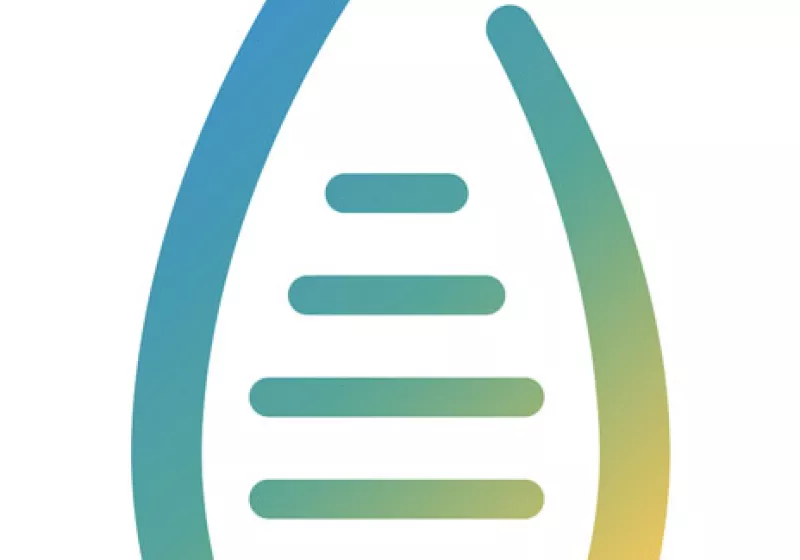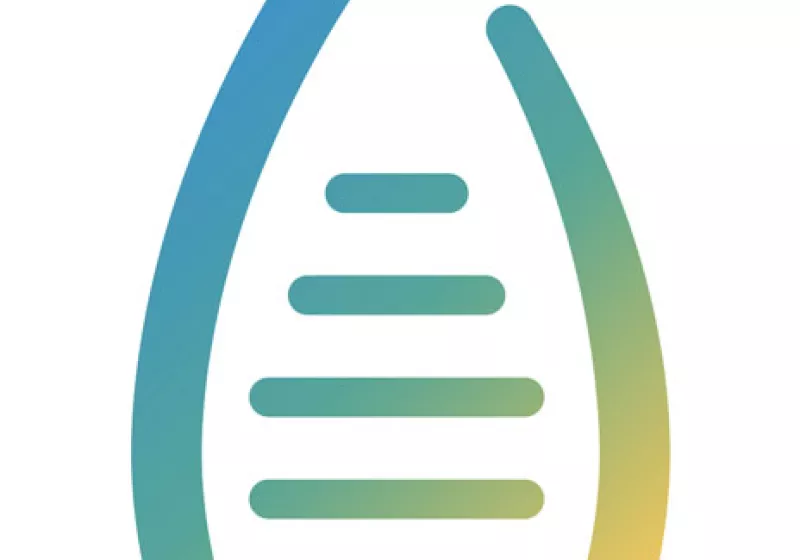The first step regarding regulatory aspects in therapy development is to define the product being developed, namely its legal classification. Is it a medicinal product, a medical device, or cells or tissues used for therapeutic purposes? If it is a medicinal product, is it an Advanced Therapy Medicinal Product (ATMP), an orphan medicinal product and/or a medicinal product for paediatric use? The legal classification determines the applicable regulatory framework, i.e., the subsequent requirements that the product must meet, and the relevant procedures leading to commercialization, such as Marketing Authorisation (MA) for Advanced Therapy Medicinal Products (ATMPs). See also: Commercialisation.
The law (mainly European Union law but also national laws) provides legal definitions for each type of these products. Different criteria have been established to distinguish which type of gene and cell therapy are being developed and consequently which set of regulation applies both for market access and for reimbursement decisions. The main criteria are:
- The scale of development of the product:
- Is the product developed at the ‘industrial’ level or not?
- The degrees of manipulation of tissues and cells:
- Have tissues and cells been substantially manipulated or not?
- Are tissues and cells used for the same essential functions in the recipient as in the donor?
Despite these legal definitions and criteria, it remains difficult to know exactly what kind of gene and cell therapy is being developed according to the law. It is recommended for developers to contact regulators at the national or European level and reimbursement bodies as early as possible.
The Committee for Advanced Therapies (CAT) at the European Medicines Agency (EMA) is particularly involved regarding the legal classification of Advanced Therapy Medicinal Products in the European Union. In accordance with EU regulation (EC) n°1394/2007 on ATMPs, EMA has established the ATMP classification procedure to help developers clarify whether their product is an ATMP or not, and the applicable regulatory framework. CAT at EMA issues scientific recommendation based on whether the referred product meets the scientific criteria defining ATMPs. These summary reports for classified ATMPs with justifications are published at EMA’s summaries of scientific recommendations.
ATMP is a type of gene and cell therapy, the development of which is particularly supported by European Union law both for public health (high level of human health in the EU) and economics (Internal market and competitiveness) objectives. There are several regulatory pathways for patients to access gene and cell therapy, including for ATMPs. ATMPs fall under the legal framework of medicinal products, especially biological medicinal products. It includes four types of medicinal products based on genes, cells or tissues: gene therapy medicinal product (GTMP), somatic cell therapy medicinal product (sCTMP), tissue engineered product (TEP) and combined ATMP(cATMP). According to the EU law:
Gene Therapy Medicinal Product (GTMP) has two defining characteristics: “(a) it contains an active substance which contains or consists of a recombinant nucleic acid used in or administered to human beings with a view to regulating, repairing, replacing, adding or deleting a genetic sequence; (b) its therapeutic, prophylactic or diagnostic effect relates directly to the recombinant nucleic acid sequence it contains, or to the product of genetic expression of this sequence. Gene therapy medicinal products shall not include vaccines against infectious diseases.” [Directive 2001/83/EC, Annex I, Part IV, as modified by Commission Directive 2009/120/EC]
Somatic cell therapy medicinal product (sCTMP) is defined as a product that “a) contains or consists of cells or tissues that have been subject to substantial manipulation so that biological characteristics, physiological functions or structural properties relevant for the intended clinical use have been altered, or of cells or tissues that are not intended to be used for the same essential function(s) in the recipient and the donor; (b) is presented as having properties for, or is used in or administered to human beings with a view to treating, preventing or diagnosing a disease through the pharmacological, immunological or metabolic action of its cells or tissues.” [Directive 2001/83/EC, Annex I, Part IV, as modified by Commission Directive 2009/120/EC]
- Note: Annex I to Regulation (EC) No 1394/2007 on ATMPs listed a non-exhaustive list for non-substantial manipulations: “cutting, grinding, shaping, centrifugation, soaking in antibiotic or antimicrobial solutions, sterilization, irradiation, cell separation, concentration or purification, filtering, lyophilization, freezing, cryopreservation, and vitrification.”
Tissue Engineered Product (TEP) “contains or consists of engineered cells or tissues, and is presented as having properties for, or is used in or administered to human beings with a view to regenerating, repairing or replacing a human tissue.” [Article 2(1)(b) of Regulation (EC) No. 1394/2007]
Combined advanced therapy medicinal product (cATMP) is a gene therapy medicinal product, or a somatic cell therapy medicinal product or a tissue engineered product associated with a medical device. It “must incorporate, as an integral part of the product, one or more medical devices, or one or more active implantable medical devices, and its cellular or tissue part must contain viable cells or tissues, or its cellular or tissue part containing non-viable cells or tissues must be liable to act upon the human body with action that can be considered as primary to that of the devices referred to.” [Article 2(1)(d) of Regulation (EC) No. 1394/2007]
In this section, we will provide information regarding the different legal classifications of gene and cell therapy and the subsequent pathways to clinic.


